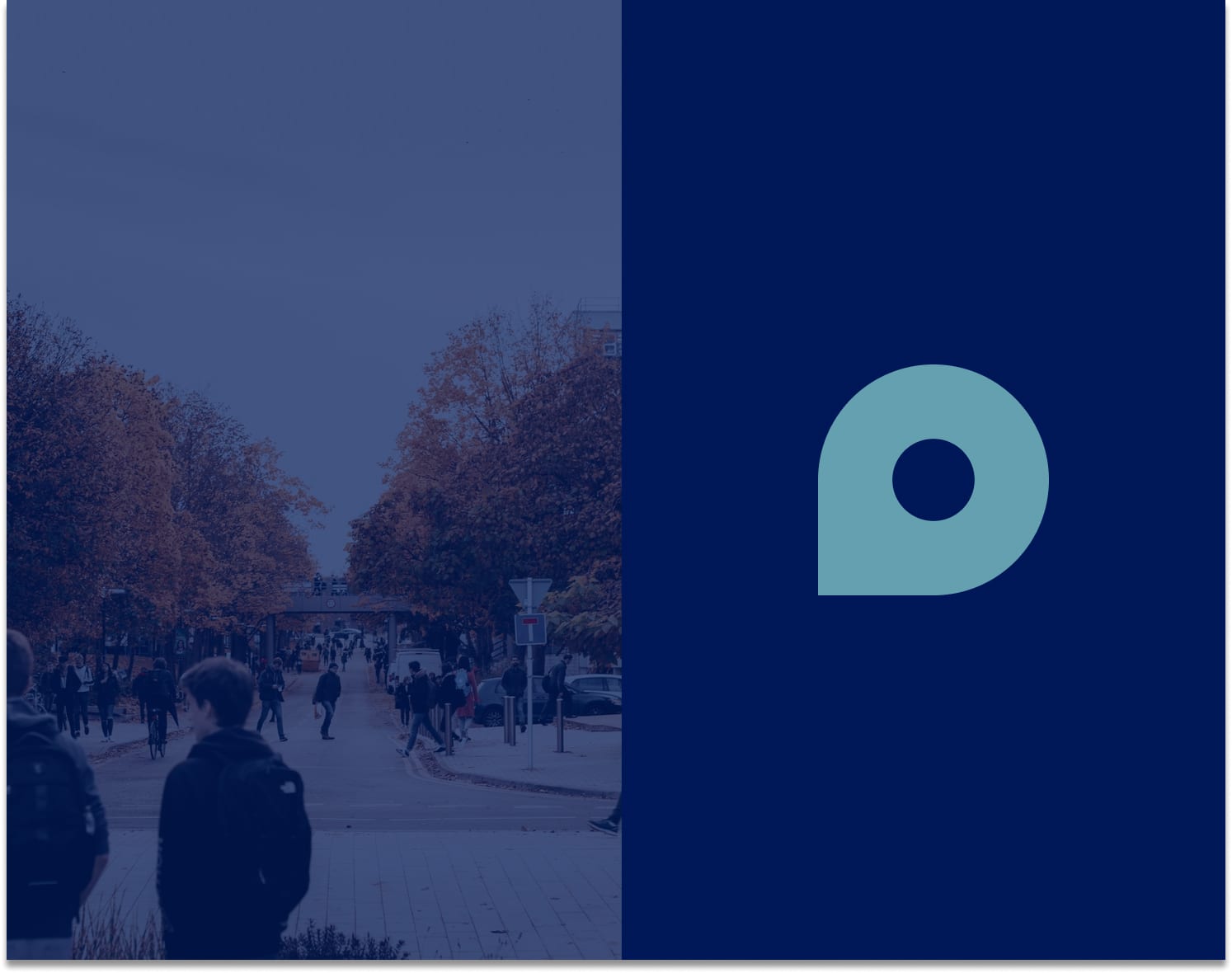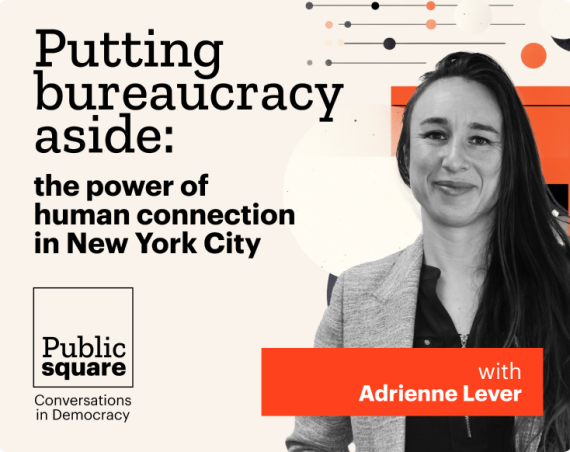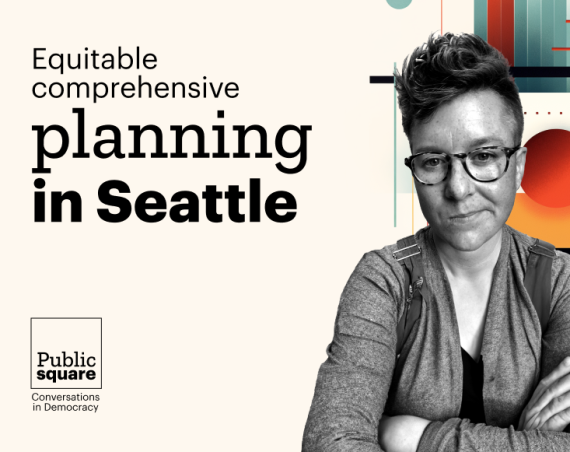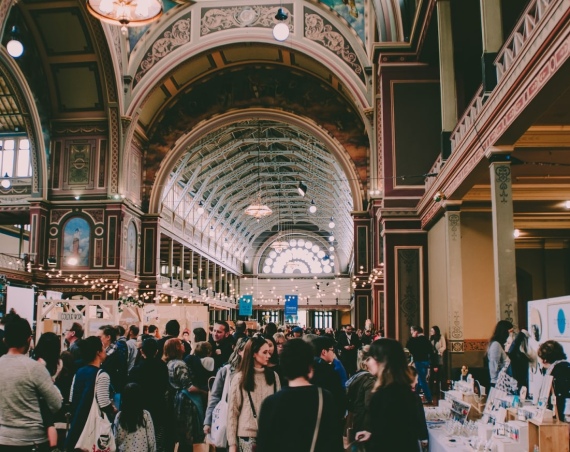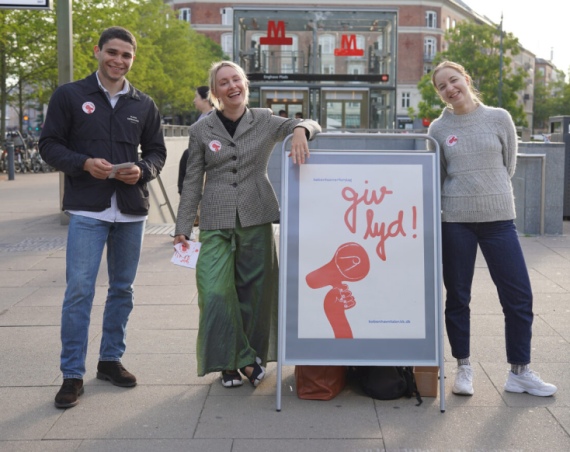For a long time, the pandemic has kept students from their campuses, dorms, and auditoria. Learning, studying, and taking exams became digital—and often solitary—experiences.
As the world slowly reopens, students are breathing a collective sigh of relief and returning to a more normalized, in-person style of growing their knowledge. But in order to restore the many facets of university life —and to do so in the safest way possible—schools must create a strategy for the future of learning. And preferably, that strategy is co-created with those affected most: the students.
ULB, the Université Libre de Bruxelles, was looking to involve its students directly in defining priorities and drawing up action plans. In light of this mission, the ULB authorities recently decided to launch a participation platform. Yes, you read that correctly—a participation platform isn’t just fit for governments but can play a role in creating social impact across different projects. In this project, which is still ongoing, the platform helps to streamline student input and ensure genuine co-creation of the school’s reopening strategy. As Aurélie Tibbaut, Coordinator of the ULB’s PolicyLab@SciencePo, states: “It’s been a challenging time for our students. Now that we can finally head back to campus, we need to make sure they feel heard. An engagement platform is the perfect way to start a two-way conversation that helps us define what’s most important to them.”
From low to high engagement
To make sure every student can weigh in, the ULB employs a mix of participation tools, from surveys to idea-collection and deliberation. As the project progresses, it also gradually moves higher up the participation ladder, solidifying support for the eventual action plan.
ULB’s project kicked off with a large-scale survey to gauge students’ wants, needs, and priorities in their return to campus. As it turns out, students miss spontaneous connections and social activities with other students more than anything. Another interesting conclusion is that, when it comes to the return of face-to-face teaching, not everyone is on the same page. A significant percentage of participating students are in favor of keeping remote or hybrid teaching methods in place, at least for the time being.
The first survey laid the groundwork for the following phases of the project, such as the ideation phase. In this second phase, students were encouraged to post ideas or engage with their peers’ ideas by voting or commenting on them. This sparked a lively online brainstorming session, making way for suggestions like hybrid exams, outdoor sports classes, and the option to order to-go meals from the school’s restaurant.
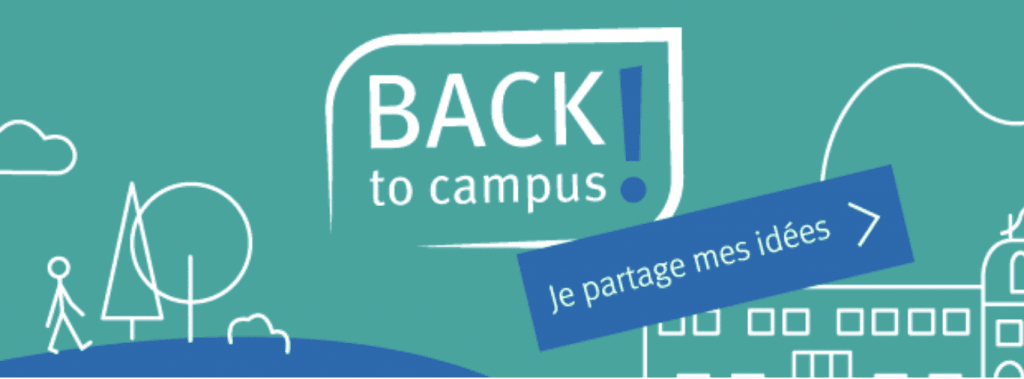
The Student Deliberative Committee
The results from this initial engagement phase are now being further analyzed by the Student Deliberative Committee. This Committee is made up of students drawn by lot, volunteers, and representatives of student unions or groups and aims to reflect the diversity of the general ULB student body.
Through a mix of group discussions, plenary sessions, and expert hearings, the Student Deliberative Committee will analyze students’ input and draft a list of priorities and suggestions for ULB’s staff on how to implement the suggestions. While the reporting phase is still in full swing, we can already reveal that some of the most voted-on priorities address tackling feelings of loneliness, improving students’ mental health, and working on clearer school-student communication. Once this phase is completed, ULB will update its students on the Committee’s decisions through multiple channels: an announcement in the student intranet, an article in the school’s newsletter, and a social media post. ULB is currently working on two videos to invite students to consult the full report on the platform, and to add their suggestions once more.
Since this project is still ongoing, we’ll be updating this soon with more results and relevant information. In the meantime, why don’t you explore some of our other cases?
